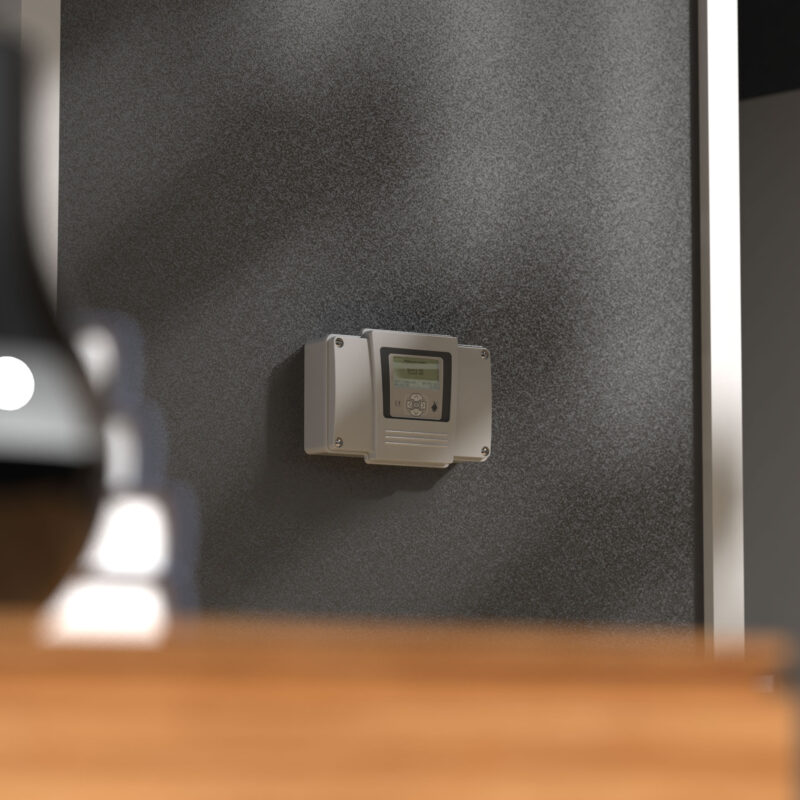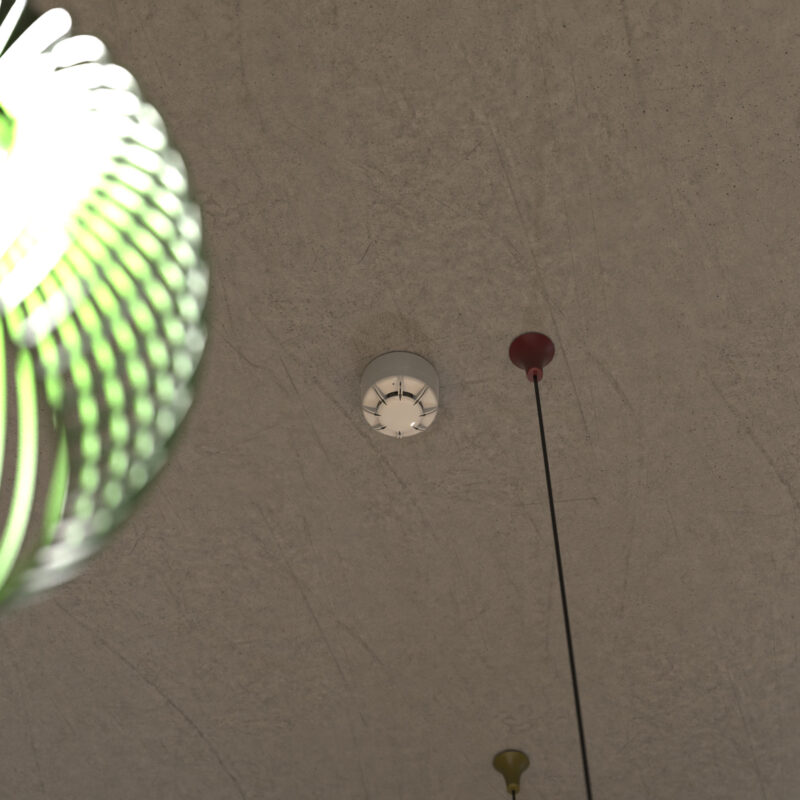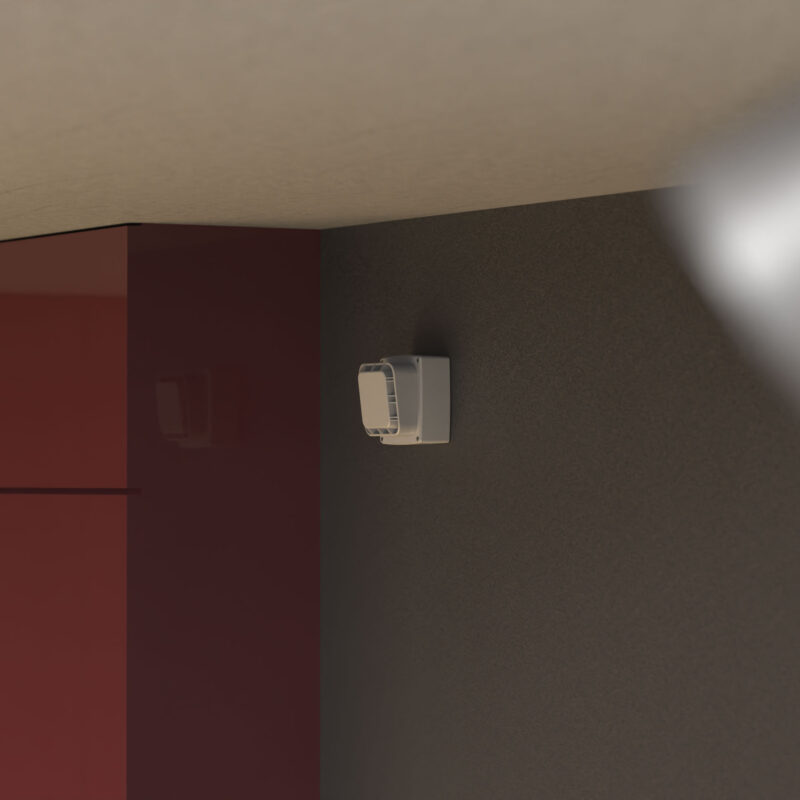Holiday villas are a luxury alternative to traditional hotels or hostel accommodation. This type of accommodation is very popular in Europe, some parts of South-East Asia and in the Middle East. Villas typically provide luxury accommodation – usually a self-contained, high-end two bedroom apartment with private kitchen and bathroom facilities – for holiday makers. However, villas also sometimes provide a home, in a holiday setting, for permanent or semi-permanent residents.
Villas are often private and independent luxury apartments in secluded and peaceful locations with private outdoor areas and swimming pools but can also be located within holiday resorts where neighboring villas share a communal swimming pool and a number of other on-site amenities such as gyms, restaurants and bars.
How are Villas Typically Protected?
As with most rented accommodation, villas are required to have suitable fire detection in place by law in most countries. Not only does this protect life but it protects the property, its contents and surrounding properties too.
Detection Types
There are several options when it comes to protecting villas from fire. The two most common choices include domestic, standalone type fire detectors installed on ceilings throughout the property or more sophisticated, hardwired fire alarm systems that provide detectors, sounders and manual call points all connected together via a control panel. However, these choices are not without their limitations.
Domestic Fire Alarms
Domestic type fire detection provides basic protection. While domestic smoke and heat detectors can provide reliable detection, their capabilities do not go much beyond that. Once a fire is detected, the device that has detected the fire sounds an alert. This type of fire detection can not be monitored from a central location and can be difficult to hear in other areas which can result in a delayed response.
Conventional Fire Alarms
A conventional, hardwired fire direction solution provides a more comprehensive alert system. When a detector senses a fire, or a manual call point is triggered, a signal is sent to the fire alarm control panel. The control panel can then sound all relevant sounders, provide a signal to building management systems to turn off air conditioning systems etc. and report to a central location. However, hardwired fire systems require cabling to run between all connected devices. This can be expensive, cause disruption to the look and feel of a property and be difficult to maintain and repair which often results in the building being out of action for extended periods.
What are the Challenges?
There are a variety of challenges with protecting villas from fire. These include:
- Unmanned Properties
- Villas can be left unmanned and unattended for long periods. If a fire was to break out it may take a substantial amount of time before someone notices. By the time the emergency services have been alerted, considerable damage may have already occurred.
- Preservation of Aesthetics
- Villas provide luxury accommodation that is often immaculately decorated. Unattractive devices and unsightly cabling can have a negative impact on the look and feel of the property.
- Cost
- Fitting a reliable fire detection system in a villa can be expensive, especially if it is to be installed into an existing property that is already finished and decorated. Installing new cables, chasing them into walls or ceilings and redecorating all adds to the cost of installation. Furthermore, the time it takes to do this and the disruption it causes means that the property could be out of action for long periods, resulting in a loss of revenue.
What is the Solution?
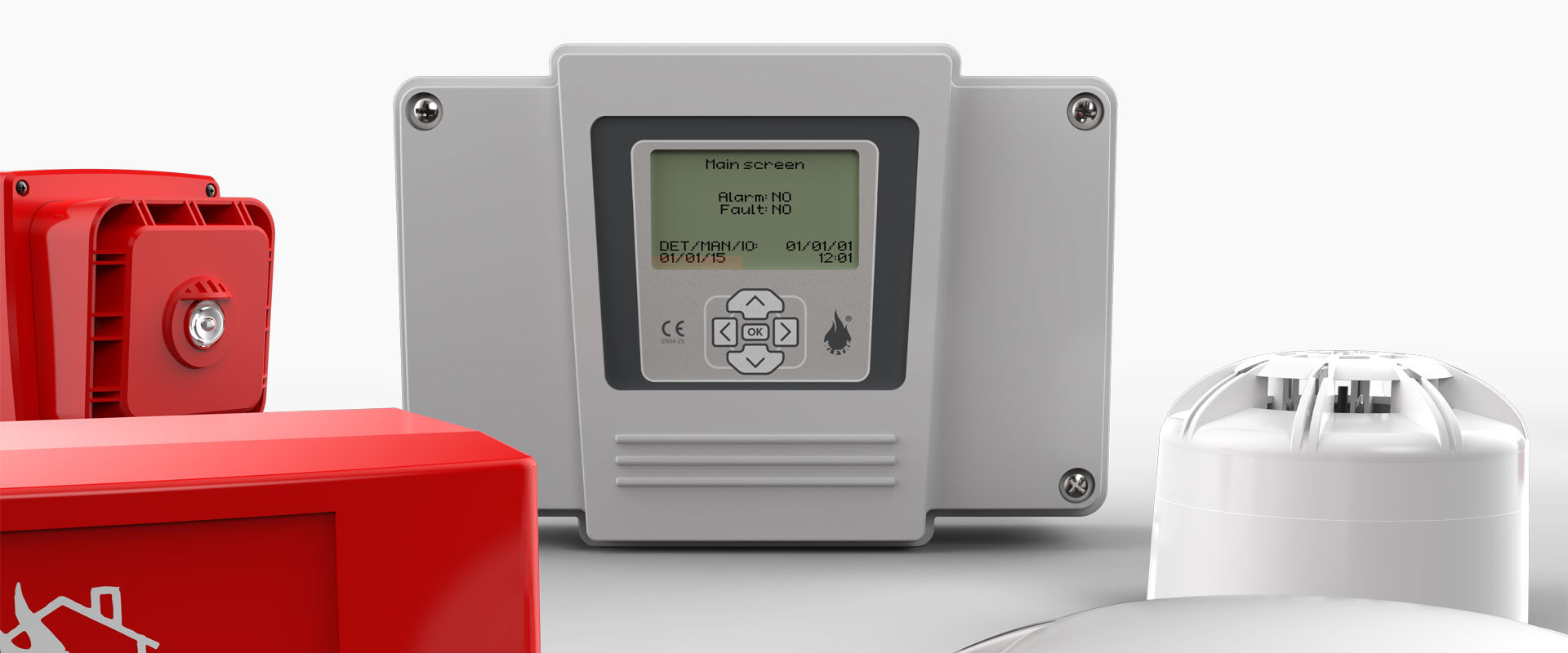
Wi-Fyre provides a perfect solution for protecting villas from fire. This innovative and unique fire detection system can provide either a completely wire-free detection system or a hybrid detection solution that combines hardwired and wireless fire alarm technology.
Wi-Fyre can be installed into new or existing applications without the need for additional cabling. This makes them quick and easy to install and maintain without causing any disruption to the property.
It has six modes of compatibility: conventional mode; ProFyre 2-wire addressable mode; addressable (collective) mode; Profyre addressable mode; and standalone mode. This means it can be used as a standalone system or integrated with almost any new or existing fire alarm system giving the system designer the freedom to combine hardwired and wireless technology to provide a truly efficient fire detection solution.
It’s use of wireless technology also means that devices can be easily monitored by a fire alarm control panel installed in a central location. This means that if the property is unoccupied, the right people can still be alerted to a fire and take appropriate action.
The Wi-Fyre range includes wireless manual call points, wireless smoke and/or heat detectors, wireless sounders and wireless I/O devices. All Wi-Fyre devices are housed in a modern, stylish and attractive enclosure that does not look out of place in any application.
How Wi-Fyre Works?
At the heart of the Wi-Fyre system is the Wi-Fyre transponder. Each transponder can communicate with up to thirty wireless field devices. The Wi-Fyre transponder can be installed into the wiring of any fire alarm control panel via a compatible interface to incorporate Wi-Fyre’s wireless devices into a hardwired system creating a hybrid fire detection solution.
In standalone mode, the transponder becomes a basic, menu driven control and indication panel that is capable of displaying events locally and allowing fault and alarm conditions to be acknowledged, silenced and reset.
Using Wi-Fyre for Villas
When using Wi-Fyre to protect a villa from fire, the transponder is typically installed near the entrance. A manual call point is usually also placed near the entrance with wireless detectors and sounders installed throughout the property.
Wi-Fyre can be used in standalone mode (for residential use only) or integrated with a fire alarm system for increased control and functionality.
In either situation Wi-Fyre can be easily connected to remote monitoring systems for increased protection.
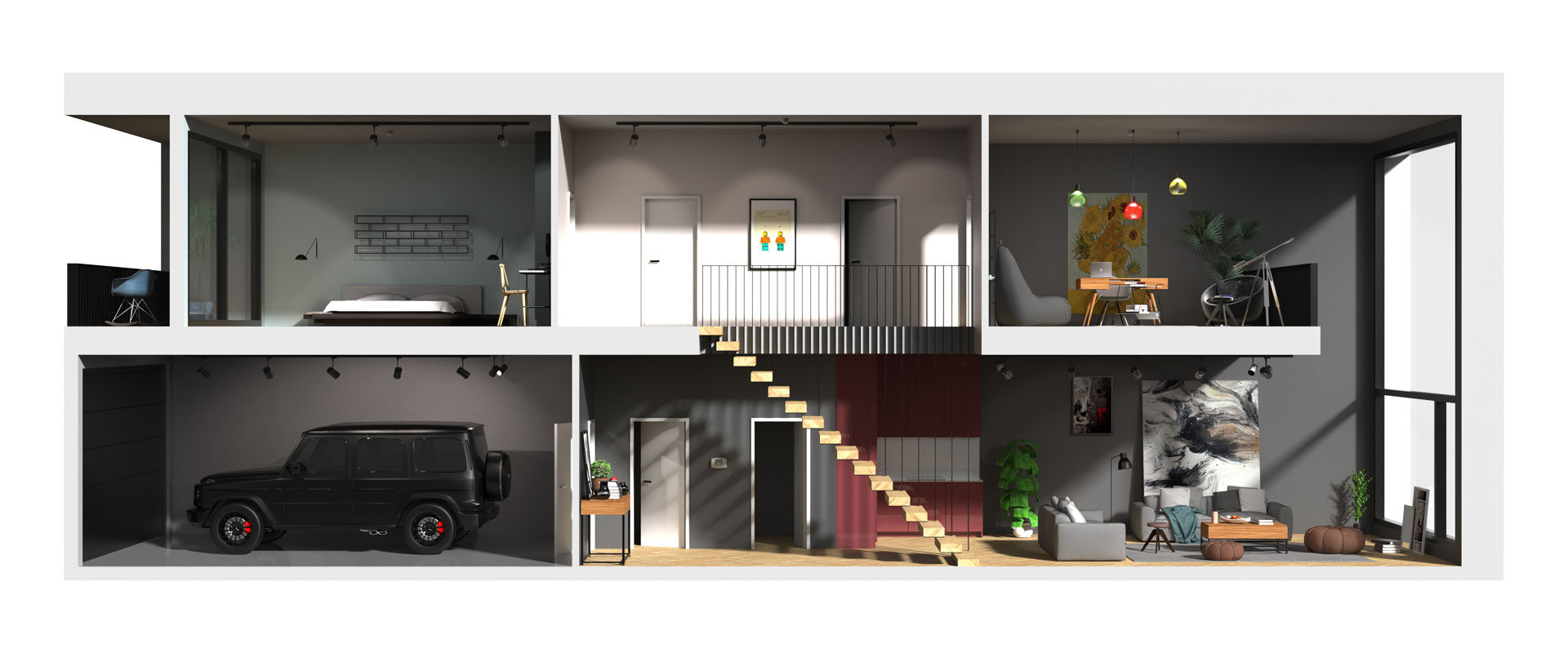
Remote Monitoring of Wi-Fyre
Wi-Fyre can be connected to alarm transmission equipment (ATE), either directly or via a relay output from a fire alarm control panel, to relay a signal to an alarm receiving centre (ARC).
This allows the property to be monitored around the clock from a remote location. As soon as a fire is detected, a signal is sent to the ARC whose operatives can verify the alarm and dispatch the emergency services within seconds of the alarm being raised.
Why Choose Eurofyre?
- Complete System Supplier
- Eurofyre manufactures and supplies all aspects of fire detection including wireless fire detection products and can provide expert advice and consultation.
- Demonstration and Training
- We offer demonstrations and expert training on a range of systems, including Wi-Fyre wireless detection systems, in our very own sophisticated training facility.
- After-Sales Support
- Eurofyre offers both on-site and telephone support to assist you in ensuring that your system is fully functional and operating at maximum efficiency. Our after-sales care and support are second to none.
For more information about wireless fire detection and how it can be integrated with remote monitoring systems, or to discuss any of the other products that Eurofyre have to offer, please feel free to get in touch either by phone on +44 (0) 1329 835 024, by email to sales@eurofyre.co.uk or via the online enquiry form situated on our contact page.
Don’t forget you can follow us on LinkedIn, Twitter and Facebook or sign up to our newsletter (in the footer below) to receive all the latest information from Eurofyre.
